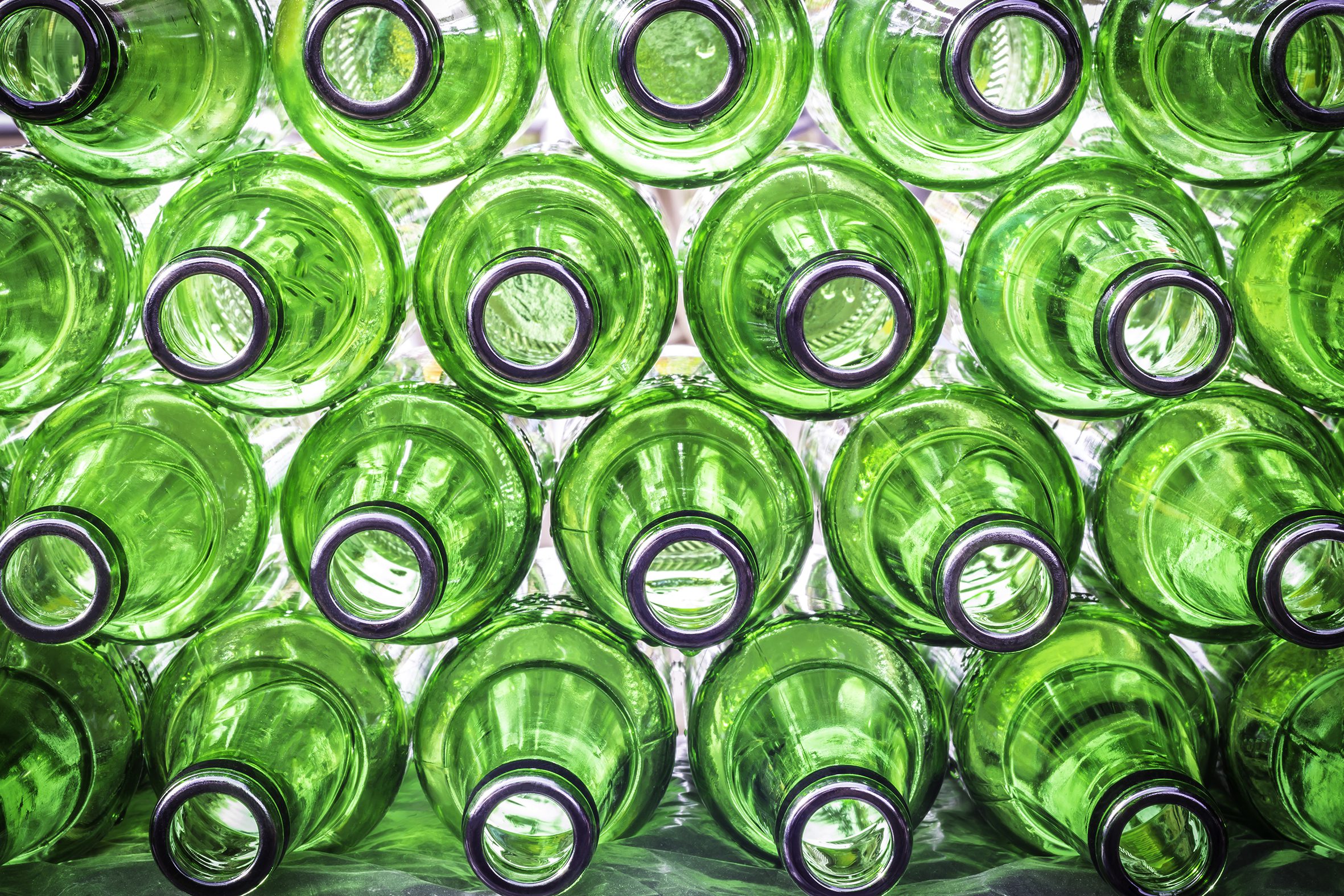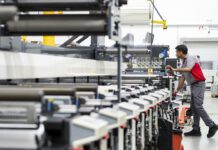
The European container glass industry has cautiously welcomed the European Commission’s declared ambition to promote effective recyclability and reuse of packaging, as outlined in the latest proposal for a Packaging and Packaging Waste Regulation, unveiled on 30 November. However, said a statement from the group, the industry is concerned that these measures are not underpinned by material-specific reduction targets to ensure all packaging materials contribute individually, equally and fairly to waste reduction. Further comment from the group is provided here.
“We commend the vision and the intention to reduce waste, but it should focus on materials that create the biggest waste challenges. The best way to achieve this objective is to switch as much packaging as possible to materials that can be reused and infinitely recycled in a closed loop. Unfortunately, the current proposal might lead to the exact opposite as it incentivizes the wrong behaviour. Reduction targets should be by material, otherwise there are significant risks of shifting the market from heavier but circular, to lighter but difficult to recycle or reuse packaging materials.” says Adeline Farrelly – Secretary General of FEVE.
The proposed rules will no longer permit ‘marketing’ and ‘consumer acceptance’ as legitimate packaging performance criteria if they add weight and this will drastically impact possibilities in terms of packaging design.
“Product presentation is key to brand identity and instant recognition by consumers. Primary packaging is an integral part of the product and plays a major role in consumer expectations. The overly restrictive approach to the branding role of packaging will lead to the standardisation of packaging, with far- reaching negative consequences on consumer-choice, product value, and brand identity” adds Adeline Farrelly.
Closed loop recycling vs. downcycling
Adeline Farrelly – Secretary General of FEVE, commented: “We welcome the new recyclability performance grades and the development of Design for Recycling guidelines. However, not all recycling processes yield the same quality raw materials and can do so multiple times, and this should be recognized.
“The industry is disappointed that closed-loop recycling is not acknowledged as a key measure to guarantee more packaging placed on the market is made from recycled material in a continuous loop – rather than being produced from virgin raw materials” comments.”
EPR vs. DRS
For more than 60 years, glass containers have been successfully collected for recycling via kerbside and bottle bank collection across the EU under Extended Producer Responsibility (EPR) schemes. We welcome that glass is out of the proposed mandatory Deposit Return Schemes (DRS) for recycling and that EPR systems are maintained for all post-consumer glass packaging.
Reuse and recycling complementary
The proposal introduces reuse targets for the first time. Refillable glass is a reality since years in Europe and it is the leading sales packaging option for a number of products in some countries. Reusable packaging can be an efficient and sustainable solution to maintain products in a short supply chain, and an important waste prevention measure, but it is not always suitable – or the optimal solution – for all product categories. It is paramount to ensure that reuse can be implemented in a safe, economically viable and environmentally sustainable way that would bring tangible benefits compared to recyclable one-way packaging.
The European Container Glass industry says it looks forward to an open debate with policy makers on how to best achieve sustainable packaging and guarantee that the EU economy becomes both more circular and more competitive.
Popularly regarded as 100% recyclable, in reality glass presents challenges that put this goal out of reach without a proper appraisal of these factors, and the technology to recover glass from waste streams is subject to an ongoing evolution.






